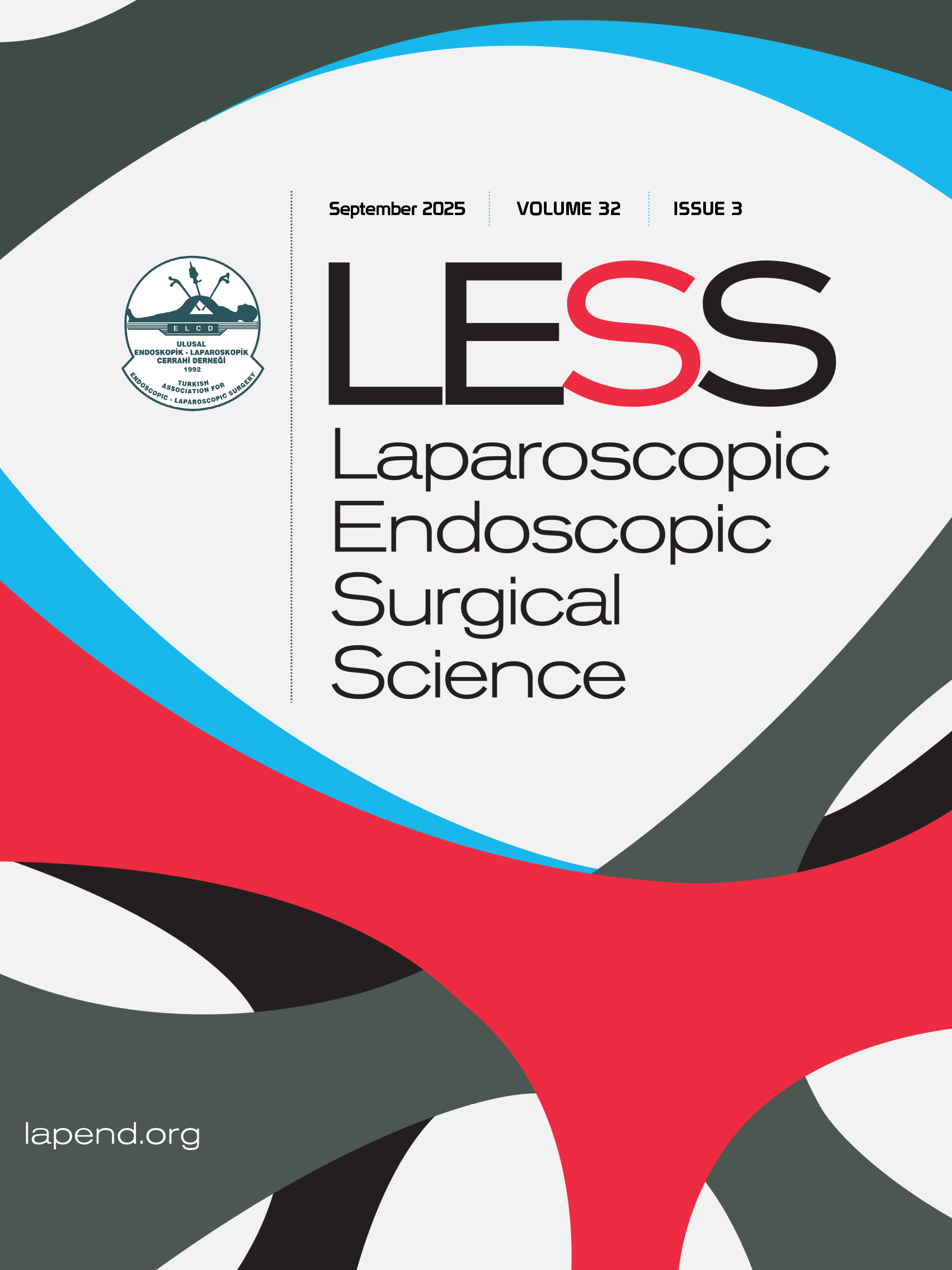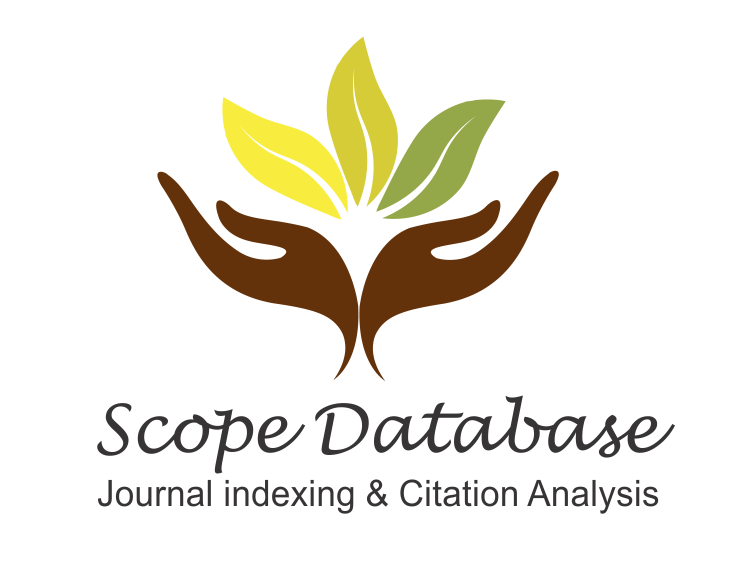Evaluation of helicobacter pylori prevalence in patients with bile reflux using antral and corpus biopsies
Adnan Gündoğdu1, Oğuzhan Yazıcı1, Sangar Abdullah1, Mustafa Kağan Başdoğan1, Berna Eriten2, Kübra Akan31Department of General Surgery, Ministry of Health Sancaktepe Şehit Prof. Dr. İlhan Varank Training and Research Hospital, Istanbul, Türkiye2Department of Pathology, Ministry of Health Sancaktepe Şehit Prof. Dr. İlhan Varank Training and Research Hospital, Istanbul, Türkiye
3Department of Gastroenterology, Ministry of Health Sancaktepe Şehit Prof. Dr. İlhan Varank Training and Research Hospital, Istanbul, Türkiye
INTRODUCTION: Alkaline reflux gastritis (ARG) is a chronic inflammatory condition caused by exposure of gastric mucosa to bile and duodenal contents. The relationship between bile reflux and Helicobacter pylori infection remains controversial. This study aimed to evaluate H. pylori prevalence and histopathological findings in patients with endoscopically detected bile reflux.
METHODS: This retrospective observational study included 136 patients with bile reflux who underwent simultaneous antrum and corpus biopsies between January 2022 and January 2024. Histopathological examinations were performed using hematoxylin-eosin and modified Giemsa stains. H. pylori status, gastritis type, inflammation severity, activity, atrophic changes, intestinal metaplasia, and lymphoid aggregates were evaluated according to Sydney classification.
RESULTS: H. pylori was positive in 76 patients (55.9%) overall, with higher prevalence in antrum (51.5%) compared to corpus (43.4%). Chronic active gastritis was significantly more common in H. pylori positive patients in both antrum (74.3% vs 18.2%, p<0.001) and corpus (78.0% vs 14.3%, p<0.001). Inflammation severity was
significantly higher in H. pylori positive patients in both locations (p<0.001). Intestinal metaplasia was three
times more frequent in antrum than corpus (14.7% vs 4.5%). Lymphoid aggregates were significantly more
common in H. pylori positive patients in antrum (48.6% vs 21.2%, p<0.001).
DISCUSSION AND CONCLUSION: Despite bile reflux presence, H. pylori prevalence remains high (55.9%), suggesting that endoscopically observed bile may reflect transient reflux rather than chronic alkaline reflux gastritis. The synergistic effect of H. pylori and bile reflux leads to more severe inflammatory changes. Histopathological confirmation is essential for alkaline reflux gastritis diagnosis, as endoscopic bile presence alone is insufficient.
Keywords: Alkaline reflux gastritis, bile reflux, chronic gastritis, duodenogastric reflux, helicobacter pylori, intestinal metaplasia
Manuscript Language: English















